Recommended Routes
Walking around Osaka Castle, a symbol of Osaka (Osaka, Japan)
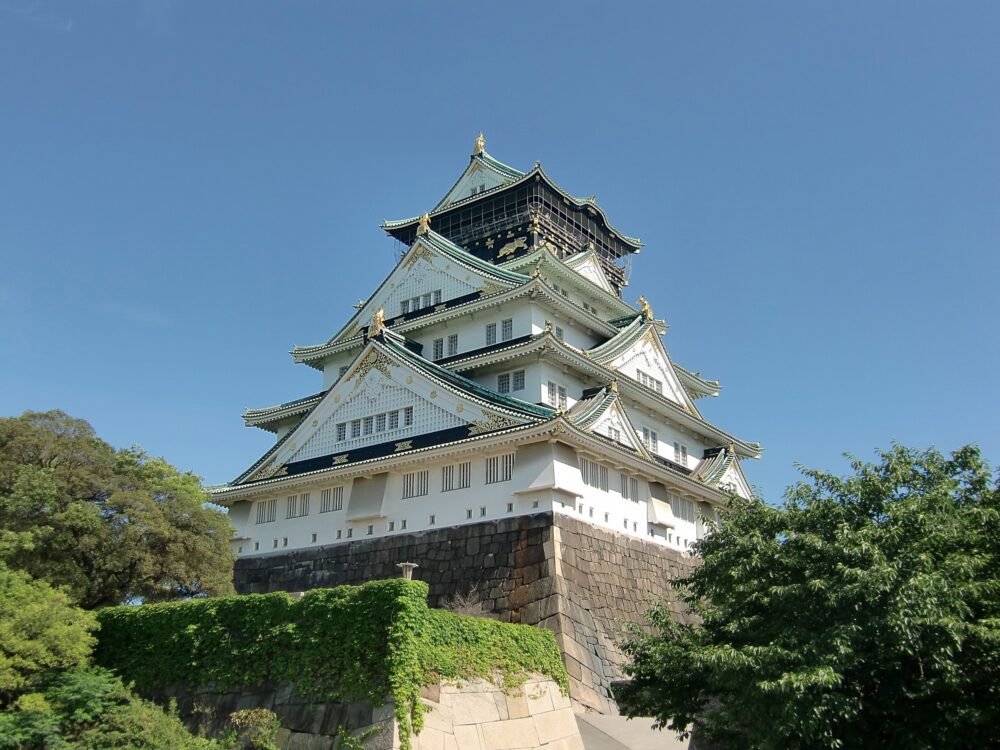
From its perch amongst a green-rich park slightly east of the center of Osaka City, Osaka-jo Castle is the symbol of Osaka. The mammoth castle that the Hideyoshi Toyotomi had built to symbolize his dominance within a country torn by civil war was later burned by war itself. The keep that had been rebuilt in the Edo Period was also lost, this time to lighting.
The current keep was built atop the stone foundations of the Tokugawa years in 1931, and paid for by donations from many residents. Inside are on display numerous historical materials including Important Cultural Properties.
Nearby are found a 7th century tumulus, the site of the Naniwa-kyu Palaces, the Osaka Museum of History that introduces the local history and areas where the history of Osaka can be strongly sensed.
Video
Rekishikaido Osaka_Part 1: Enjoy Osaka Castle
Access
By train
Approx. 5 min from Osaka (Higashi Umeda Station)
Take the Tanimachi Subway Lline to Tenmabashi Station and exit from Exit No. 3 or ride to Tanimachi 4-chome Station and exit from Exit No. 1-B.
Approx. 5 min from Osaka (JR Osaka Station on the Loop Line)
Take the JR Loop Line to Morinomiya Station or Osakajo-koen Station.
By car
From Kobe … Take the Hanshin Expressway Higashi-Osaka Route (No. 13) and exit at Hoenzaka.
From Higashi Osaka … Take the Hanshin Expressway Higashi-Osaka Route (No. 13) and exit at Morinomiya.
Route
- Keihan Railway Tenmabashi Stationon foot
- Kinzo Treasure Houseon foot
- The tower of Osaka Castleon foot
- Hokoku-jinja Shrineon foot
- Ote-dobashi Bridge and Ote-mon Gateon foot
- Osaka Museum of Historyon foot
- Osaka Metro, Tanimachi 4-chome station
Highlights
-
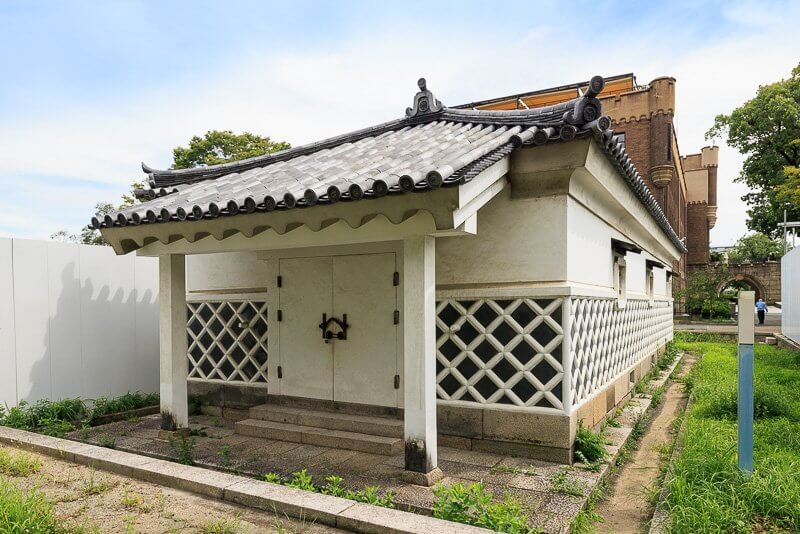
Kinzo Treasure House
This was a storehouse (also called the “Kanagura Treasure House”) for the Tokugawa shogunate’s gold and silver currency.It was built in 1751 by the 3rd generation Shogun Iemitsu Tokugawa and then was remodeled to its present state in 1837. It is designated an Important Cultural Property of Japan.
-

The tower of Osaka Castle
The current tower was built in 1931 after about 260 years of absence, therefore it is the third to stand on the site since the first was built by the Hideyoshi Toyotomi. The project was funded by donations from residents and the castle is now known as the symbol of Osaka. After renovations were completed in 1997, it was designated a Registered Cultural Property.
Open: 9:00am - 5:00pm
(Doors closed at 16:30. Extended hours during cherry blossom season, Golden Week and summer.) Admission fee: Adults 600yen
Closed: New Year's holidays -
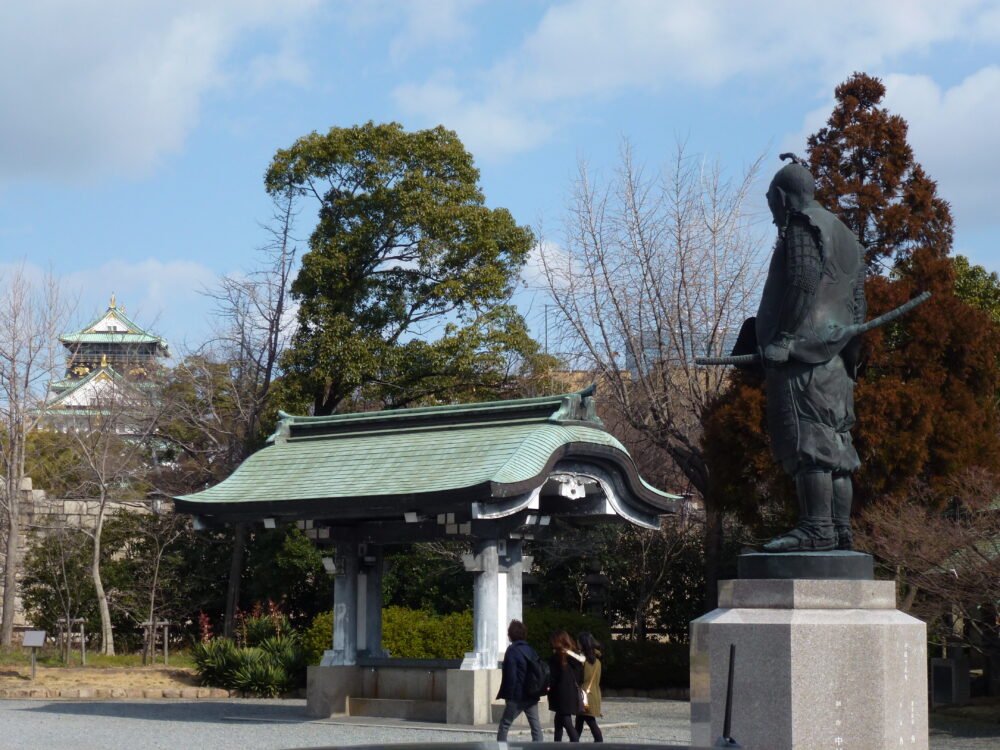
Hokoku-jinja Shrine
This shrine was originally built in the foothills of Mt. Higashi in Kyoto as the last will and testament of the Hideyoshi Toyotomi.
In the Meiji Period, it was rebuilt in Tokyo by the Emperor Meiji and an affiliated shrine was built on Nakano-shima Island in Osaka.
This affiliated shrine was moved to its present location on the grounds of Osaka-jo Castle in 1961 -
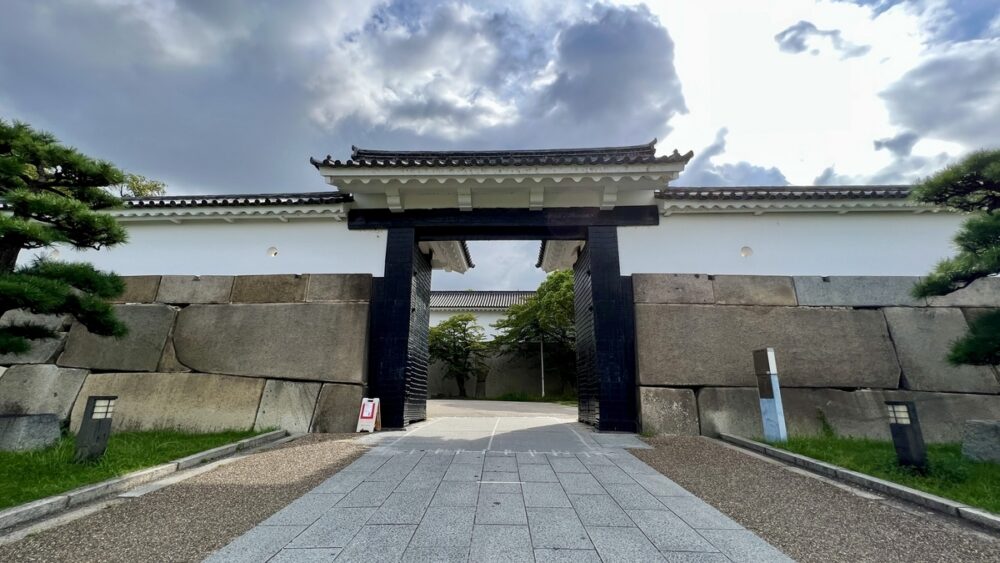
Ote-dobashi Bridge and Ote-mon Gate
Of the four entrances to Osaka-jo Castle, the front entryway is known as the Oteguchi. Because the approach covers the wooden bridge with an earthen pavement, it is called the Otedobashi, dobashi meaning "earthen bridge". The main entrance to the castle on the front side is the Ote-mon Gate. The current gate was built in the Koraimon style of the Edo Period, with 4 pillars and a roof, and is designated an Important Cultural Property of Japan.
-
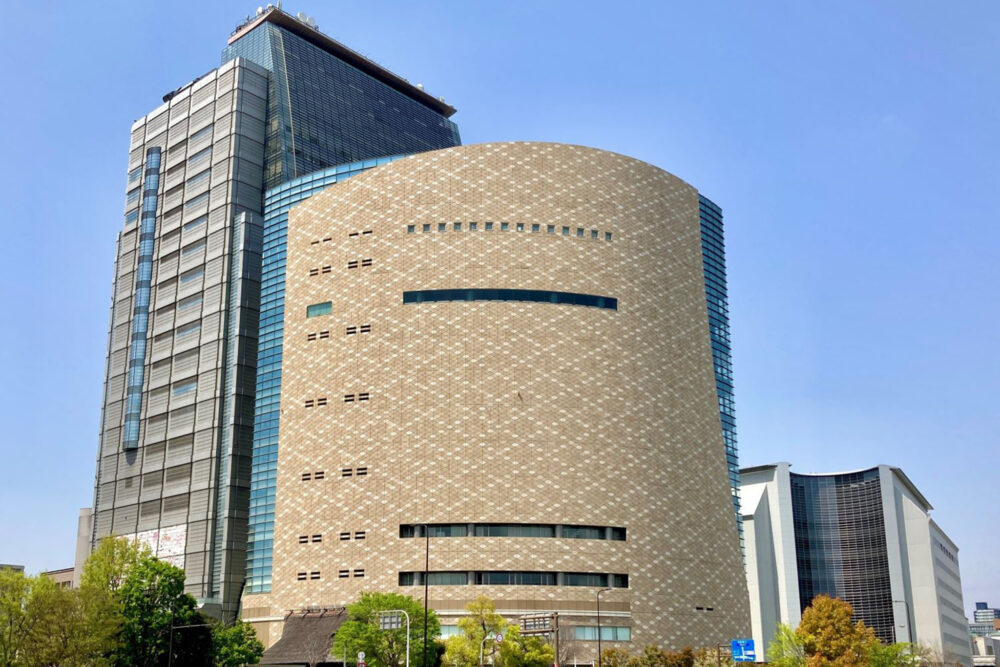
Osaka Museum of History
This hands-on-learning history museum introduces the various looks of Osaka over the ages from ancient to modern times, by laying out different periods on each floor. Inside, you can see many actual articles and videos, as well as enjoy a panoramic view of Osaka-jo Castle and the Naniwa-kyu Palace Site. Also, the "Excavating the Past" simulated dig site is a popular destination for children.
Open: 9:00am - 5:00pm (Doors closed at 16:30)
Admission fee: 600yen (Separate price for special exhibits)
Closed: Tuesdays (Wednesday if Tuesday is a holiday), New Year's holidays
